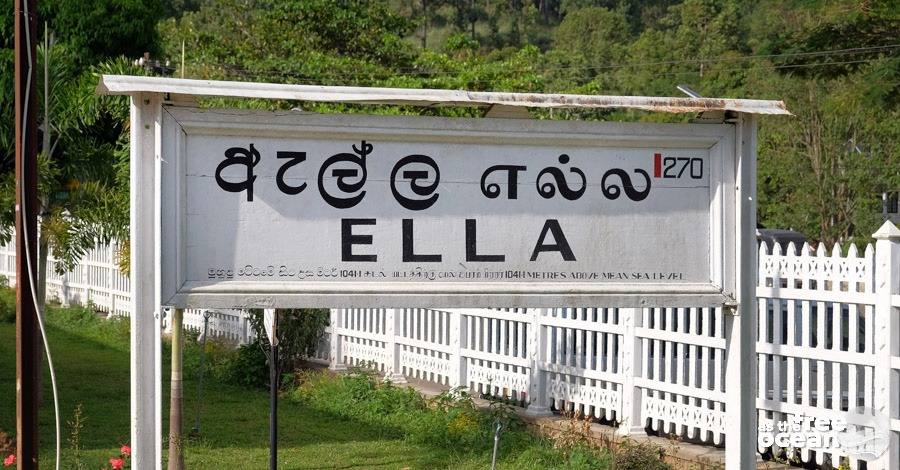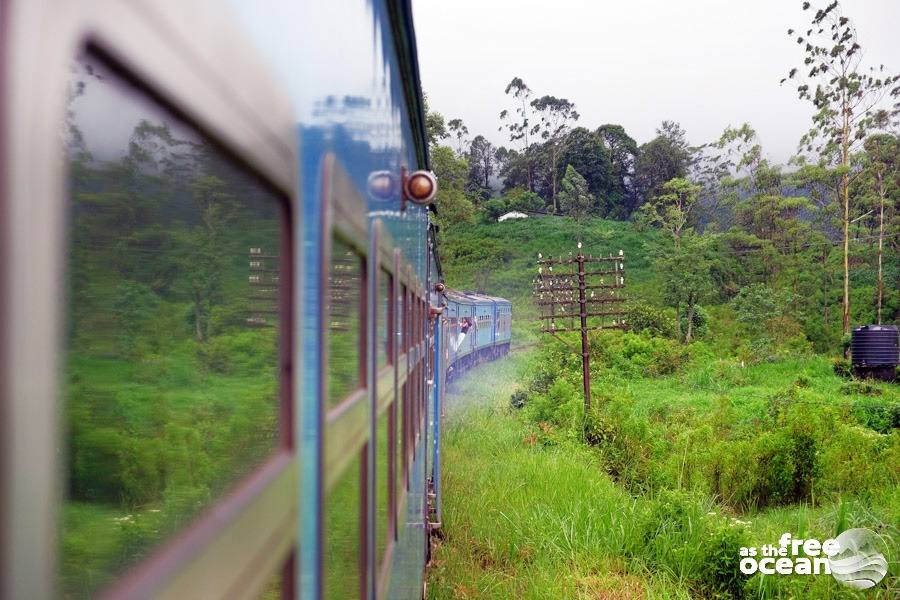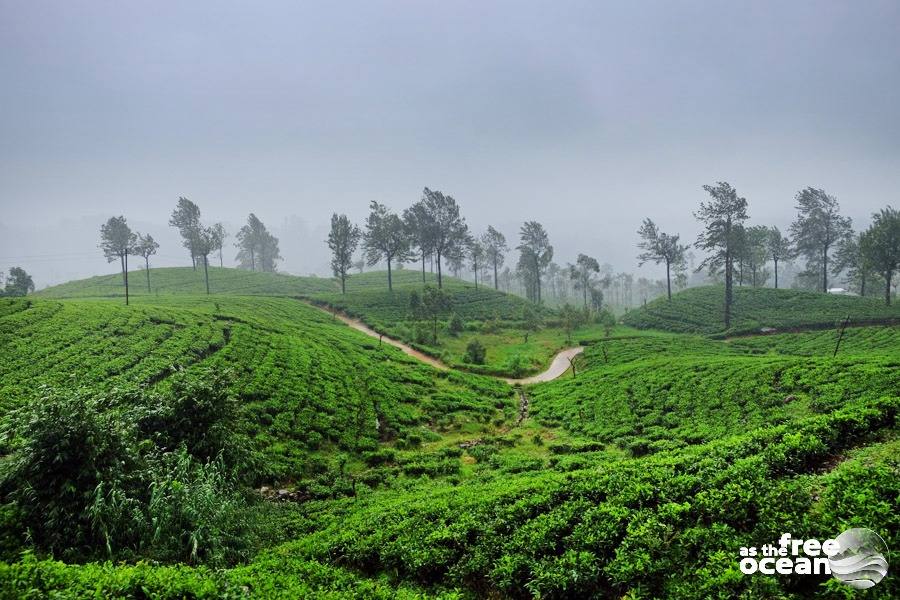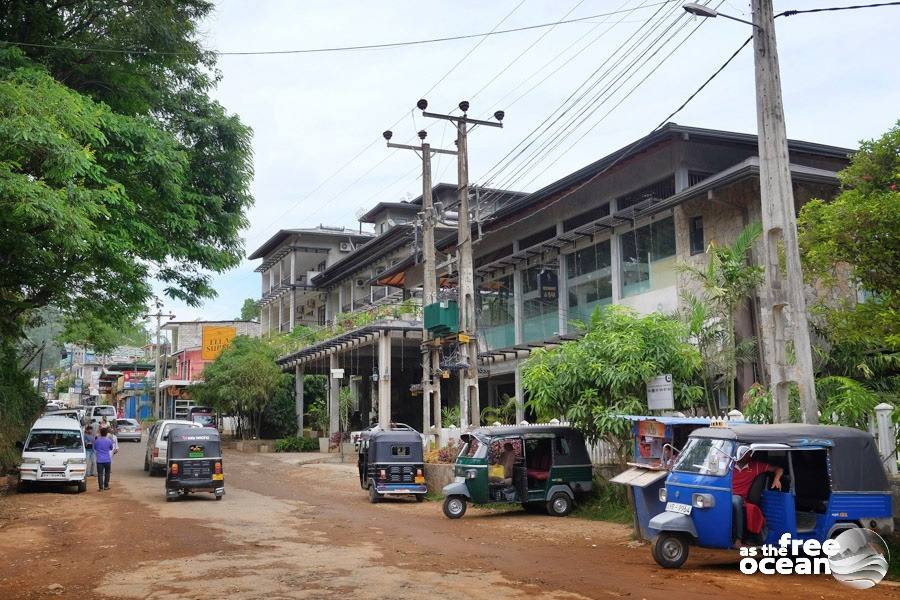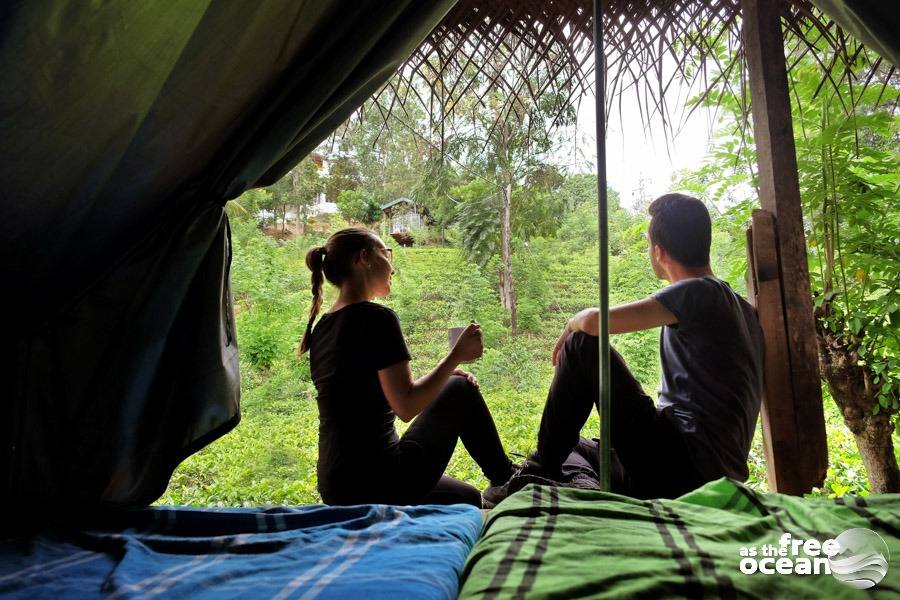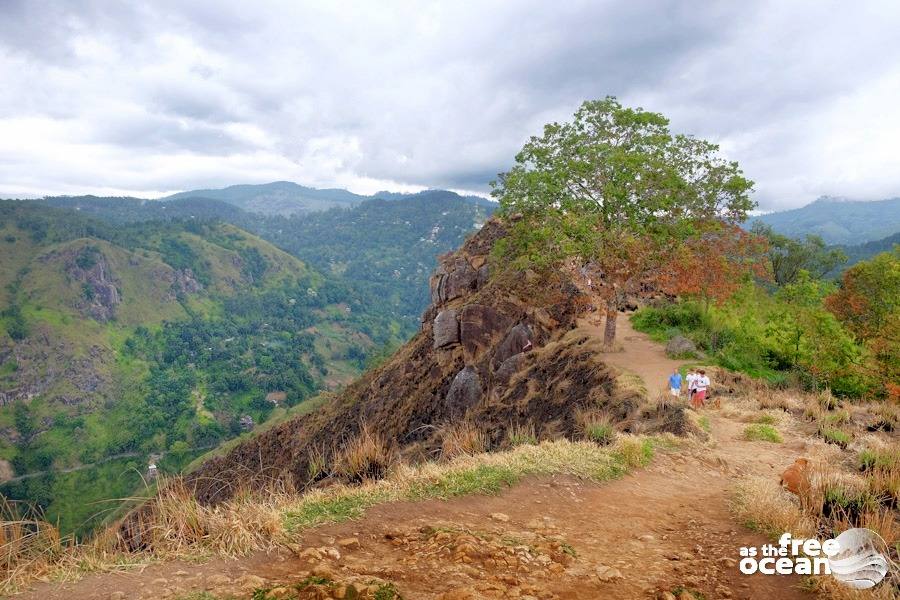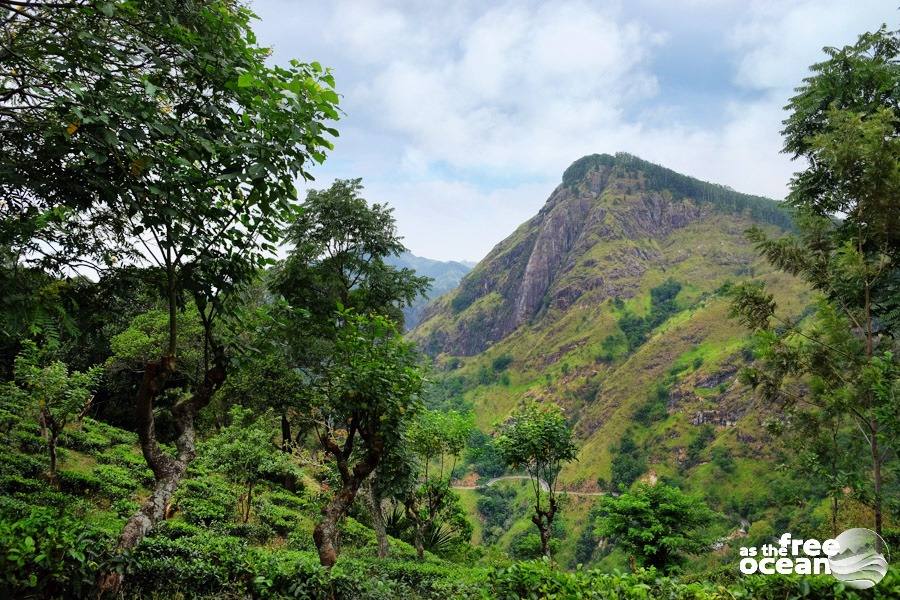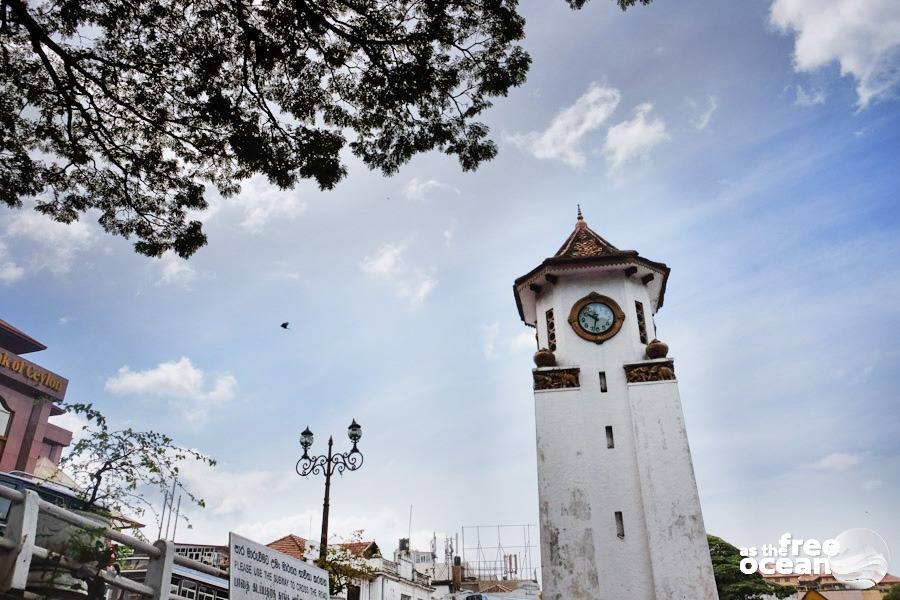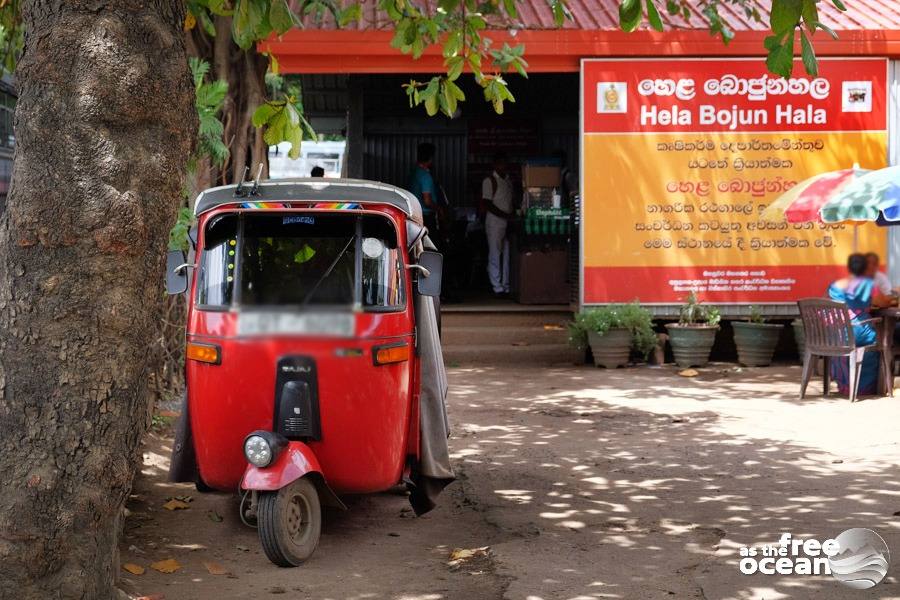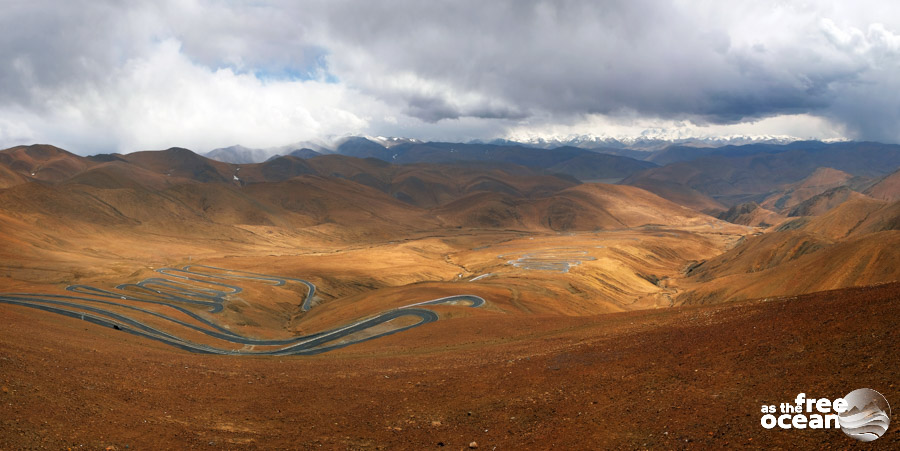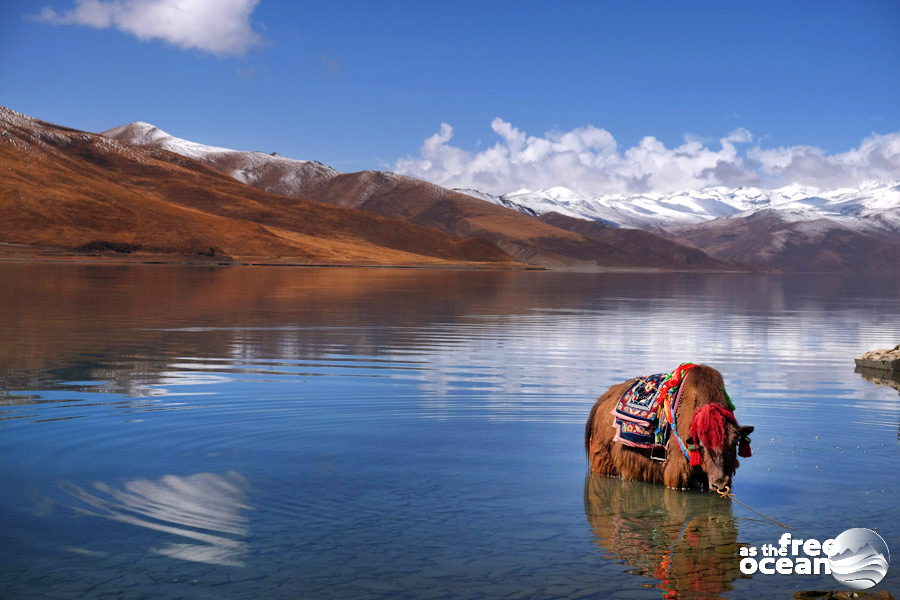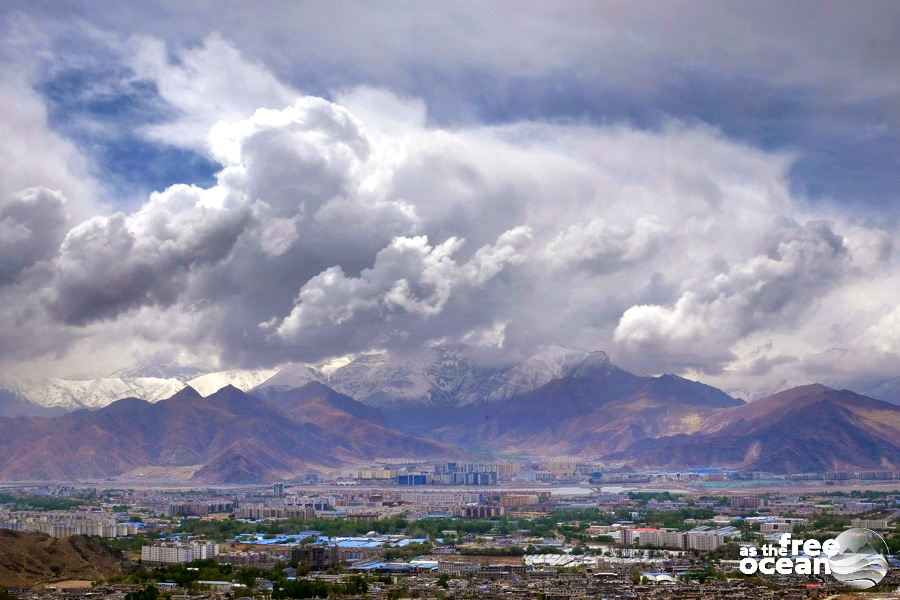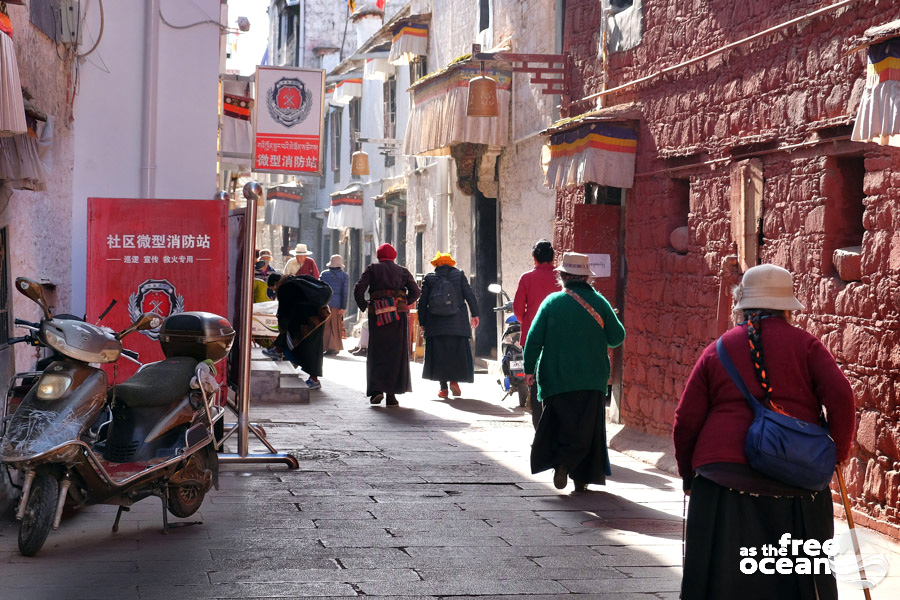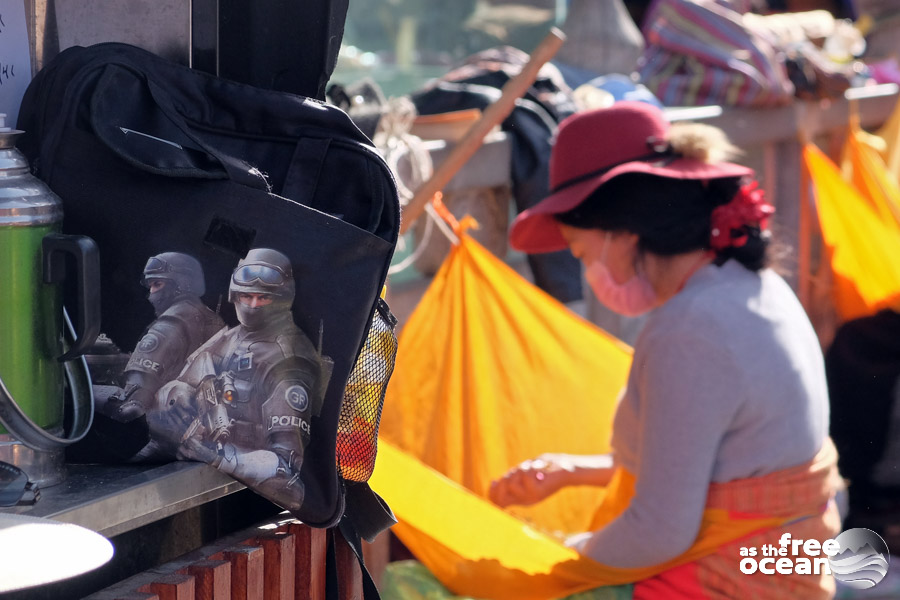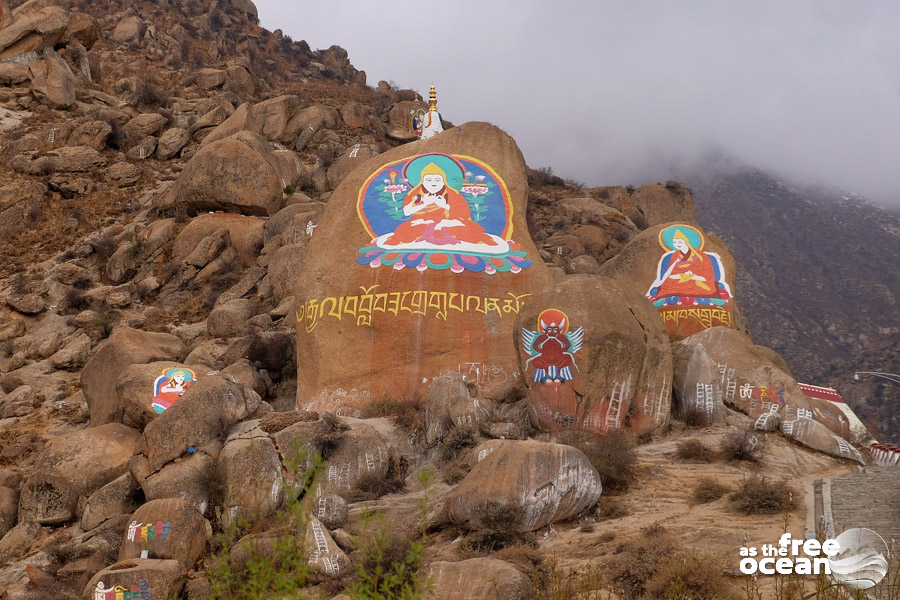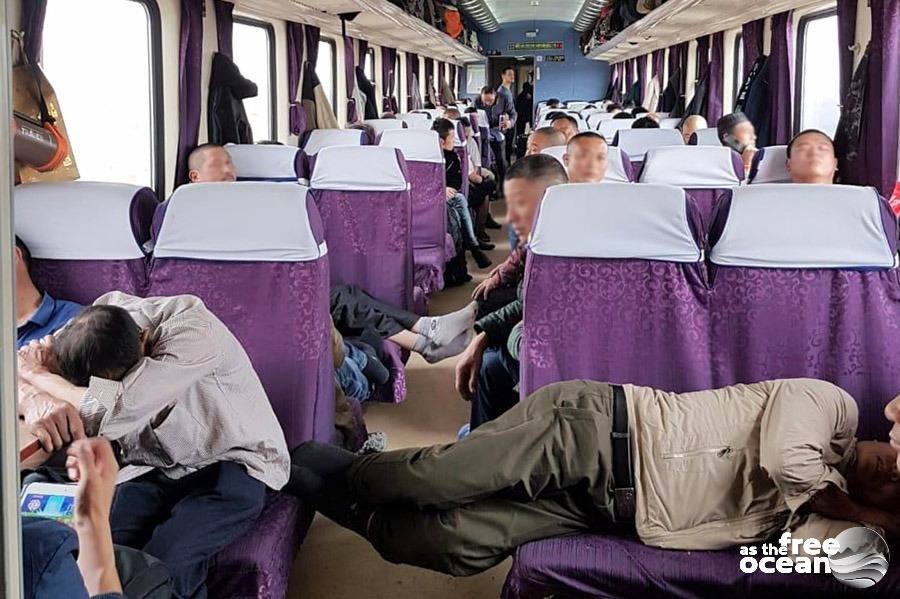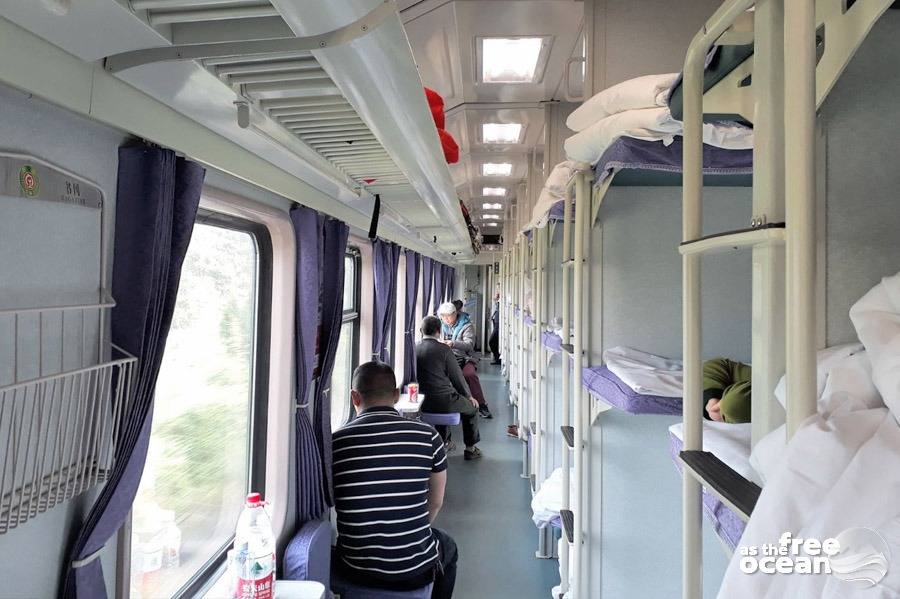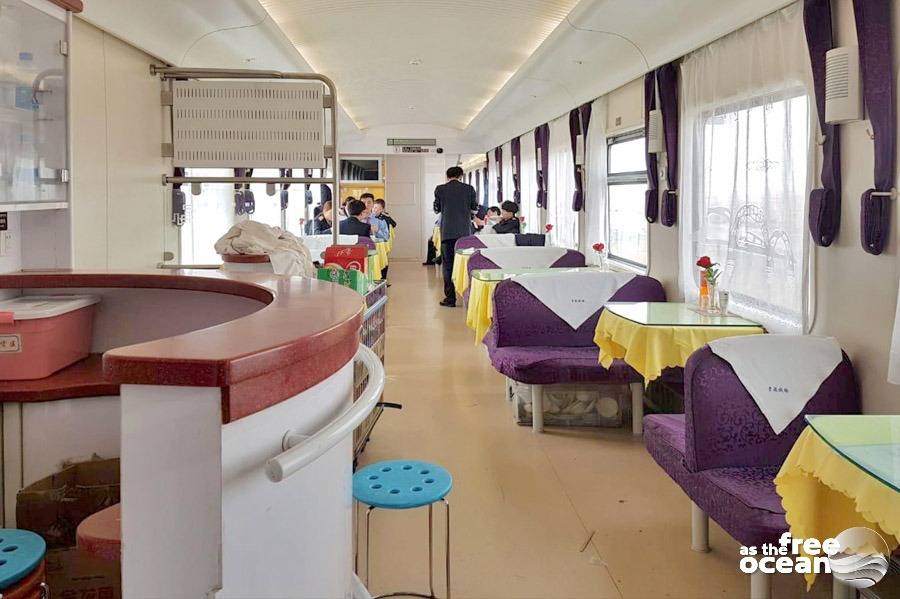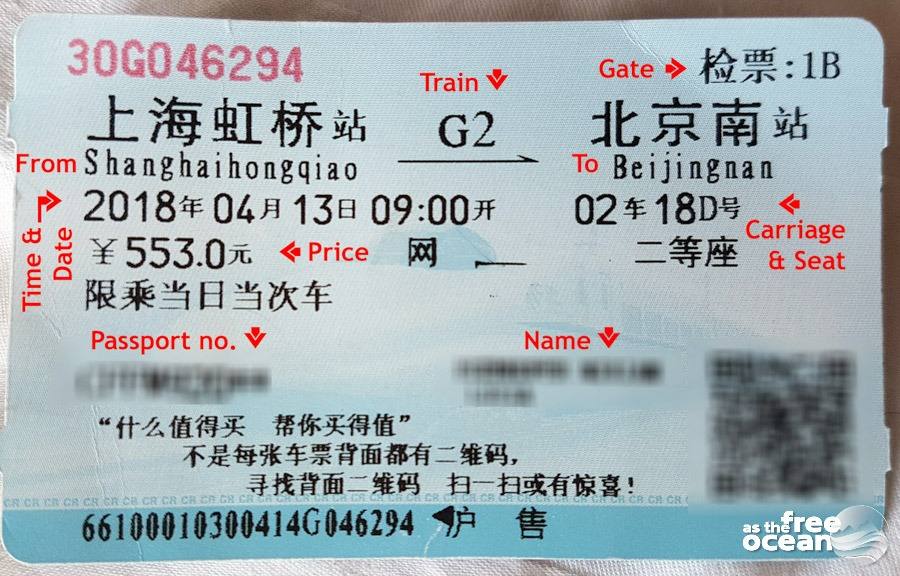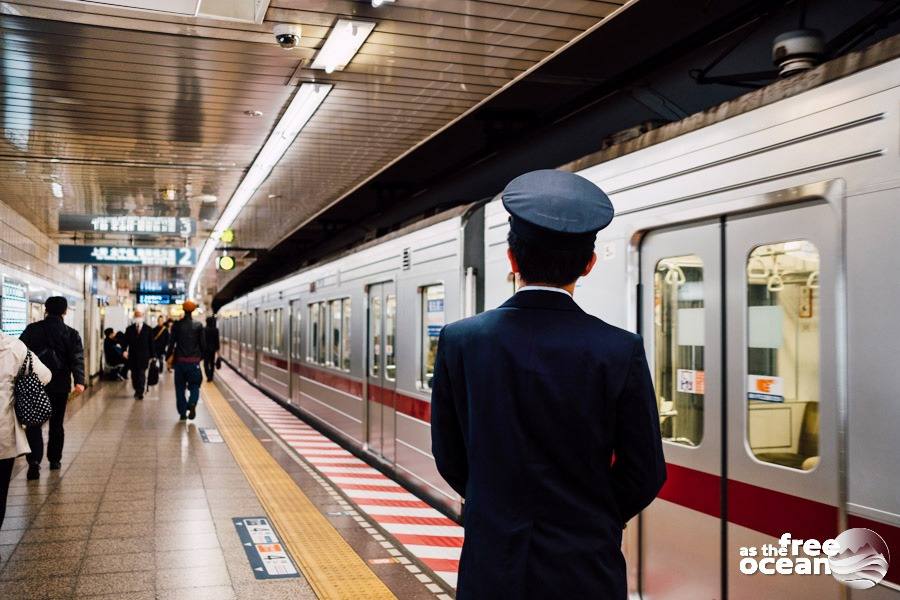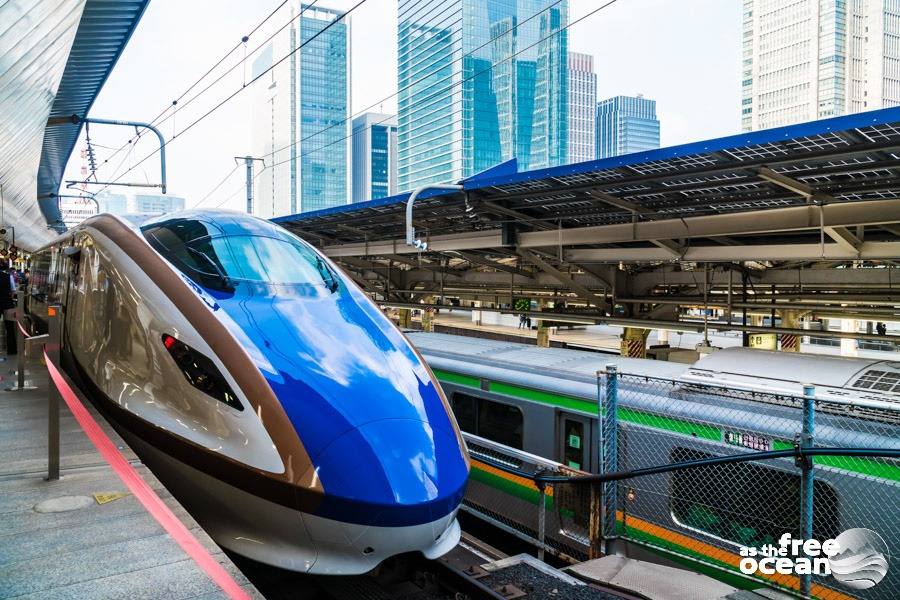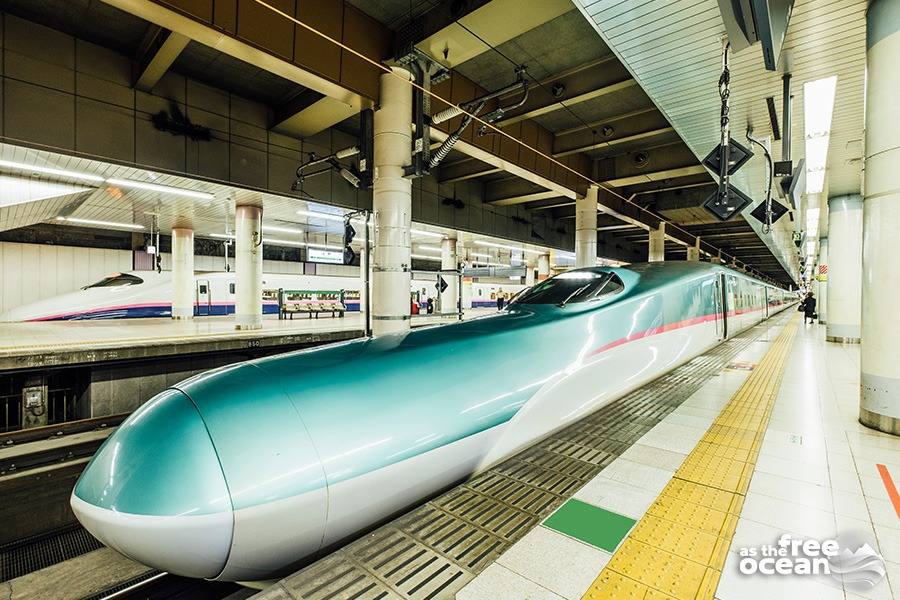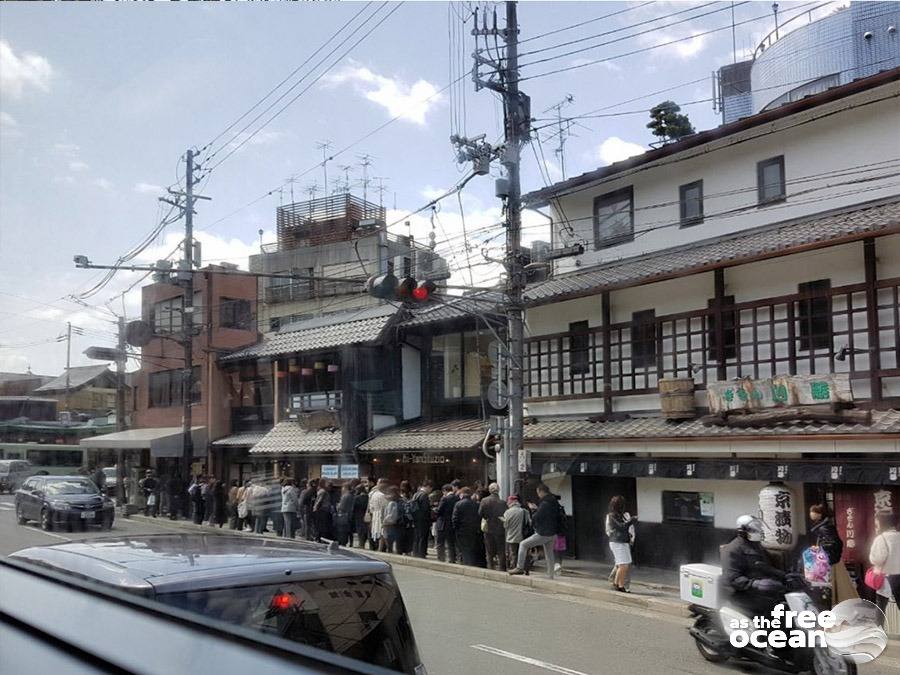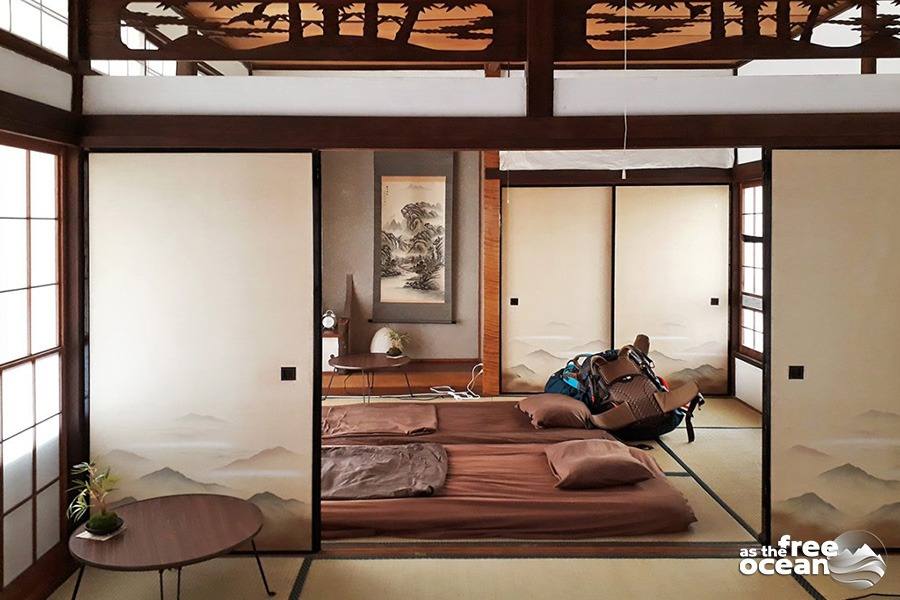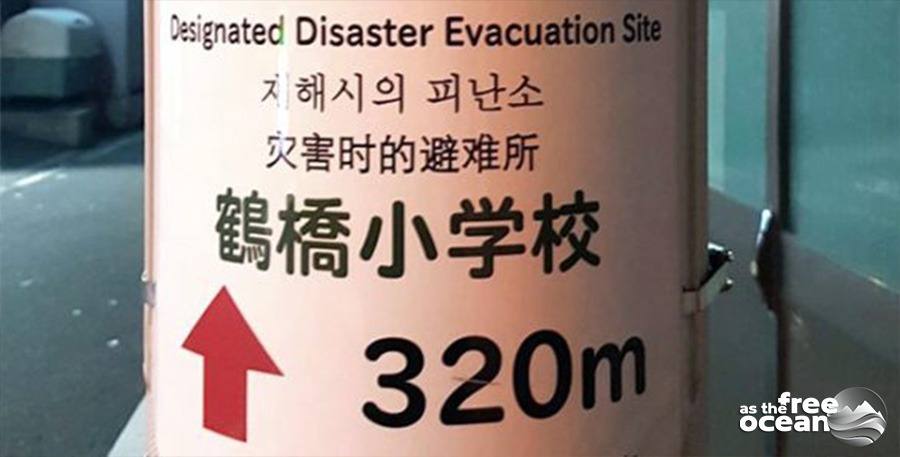While the rail network that spreads across Sri Lanka covers some of the most important destinations, it is still very limited in connections between the main touristic spots.
We initially decided to travel from Elle to Arugam Bay but due to hustle of finding a convenient route in terms of travel time and expenses, we felt more pleased by the idea to travel to the northeast coast and visit on the way the architectural wonders in the heart of the country.
Our plan was to continue going north following the railway network, which meant returning to Kandy, where we reserved more time to explore the city, as we didn’t have a proper chance to do so during our first stop here. Read more about our time in Kandy.
An interesting aspect about trains in Sri Lanka is the difficulty to get a seat. Reserved seats (available for first and second class only) are most of the time sold out and unreserved tickets usually “reserve” travelers the chance to taste the authentic experience of being trapped and squished for hours between luggage and people. We had an uncomfortable experience when traveling from Colombo to Kandy. It was interesting and somehow fun in the beginning, but three hours later we knew it wasn’t something we wanted to try again soon.
Dambulla in northern-center of Sri Lanka
After failing to get reserved seats for the train to Trincomalee, we took a morning bus to Dambulla, a small city but an important access gate to almost any place in the country through a complex network of buses that uses the city as one of the main connection points.
We spent only three days in Dambulla and decided to use the last hours of the arrival day to visit the famous cave temple (also known as the Golden Temple of Dambulla) situated at the entrance in the city. We were part of the last group of visitors allowed to climb the stairs of the temple, shortly before sunset, which we found very convenient and pleasant in the absence of the larger groups. When visiting Buddhist temples, a proper dress code must be followed. I was wearing shorts that day, which is not accepted at the entrance in any temple, but the person at the gate was kind enough to borrow me a scarf to cover my legs… the gesture was nice, although a pink scarf didn’t really reflect my preferences in choosing colors to wear.
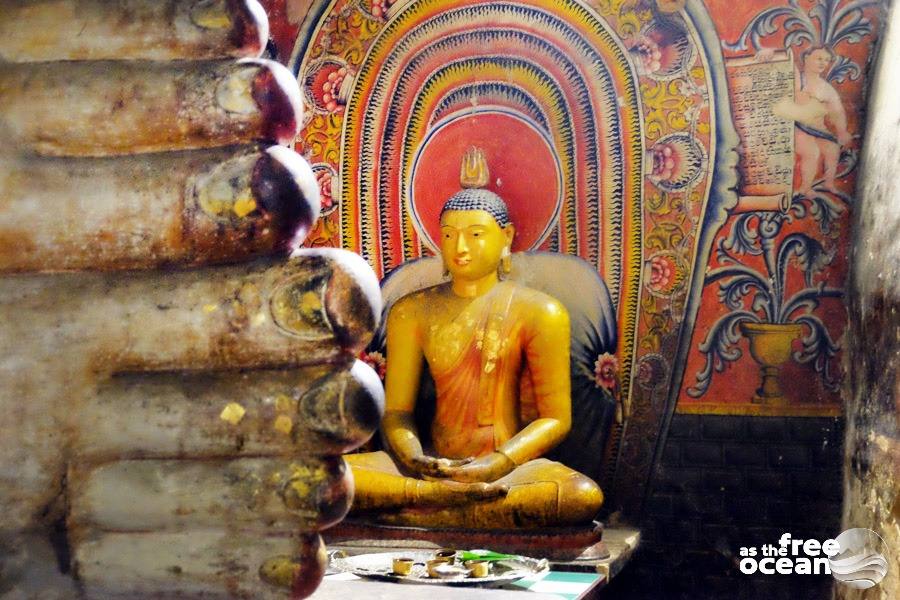
The temple includes a series of chambers, which represent divisions of a bigger cave filled with statues of Buddha. At the end of our visit, we were rewarded with a spectacular view from the height of the rock on top of which the temple is placed while the golden light of the last hour of the day left its last traces on the sky.
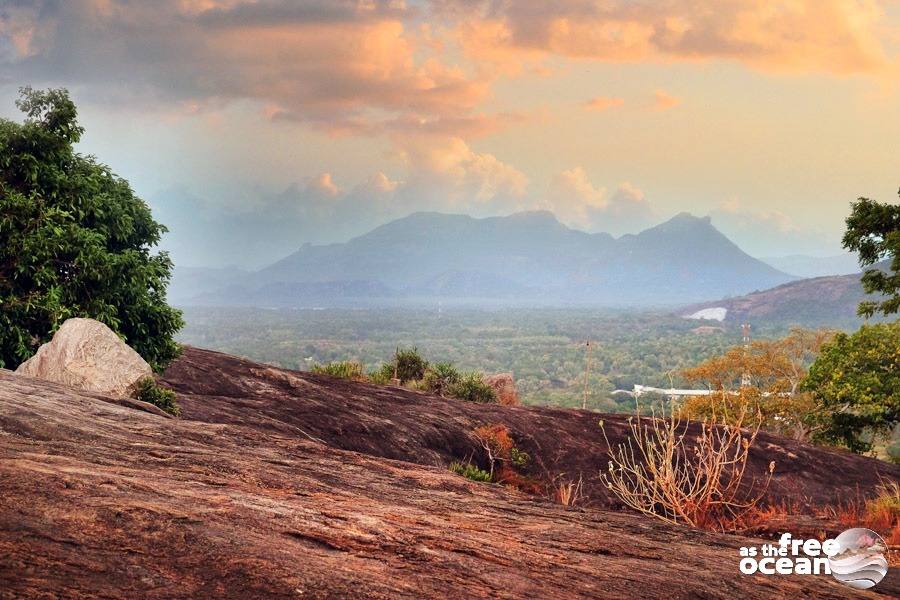
We returned to the city, searching for a place to dine and planned to get an early sleep as we wanted to catch the sunrise on the top of the Pidurangala Rock in Sigiriya.
The Pidurangala Rock in Sigiriya
At hour arrival in Dambulla, a friendly tuk-tuk driver offered us a tempting cheap ride to our accommodation in return for the chance to propose us a sunrise tour to Sigiriya and back, which we happily accepted. We agreed on a price of 15000 rupees, which we could have easily negotiated, but given the early departure and the distance to cover, we thought it was a fair price to pay.
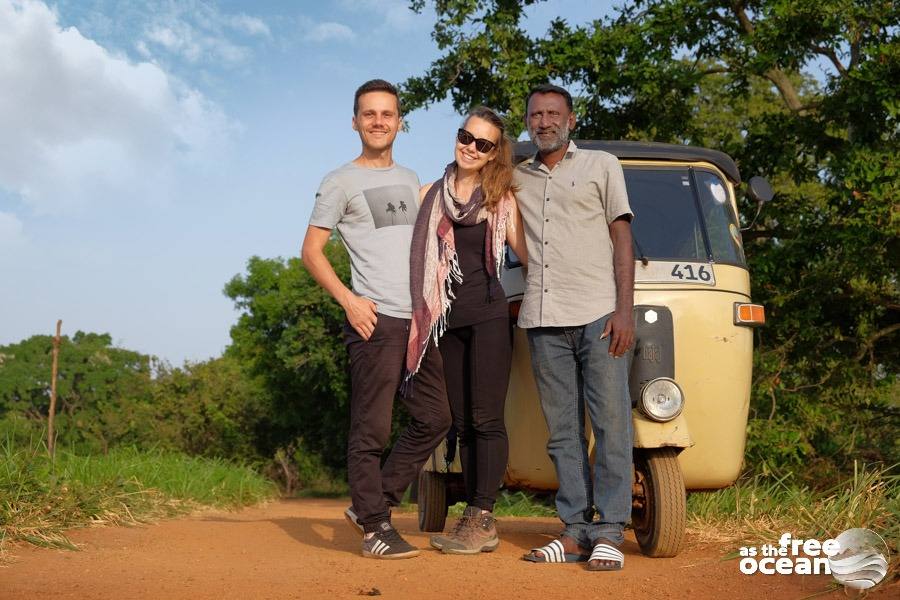
At 4 o’clock in the morning the tuk-tuk driver picked us up in front of the hostel and we drove for more than 20 km in complete darkness till the entrance of the rock temple, where we were asked to pay an entrance fee of 500 rupees. A few other people arrived at the same time and together we started climbing up the stairs to the top of the rock. The Pidurangala Rock is less impressive than the Lion Rock, but surely less touristic, which made it our choice for a spectacular sunrise spot. The hike to the top is less than 30 minutes long and, while not very difficult, we advise wearing proper shoes as some parts are harder to climb and in the presence of humidity it can be very slippery.
The sunrise at the top was truly spectacular and the view over the surroundings beautiful to experience. And to make the journey more complete, after the return at parking space, our driver took us to the shore of the lake in the vicinity of the two rocks, from where we could watch their reflection of the water.
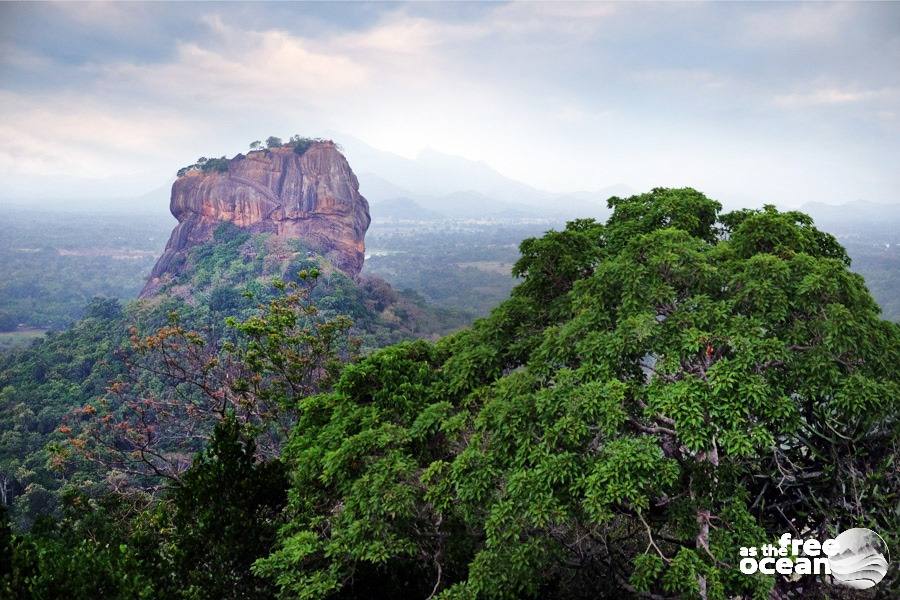
We returned to Dambulla in time for a late breakfast and a long nap after.
On the third day we were planning to visit more of the Ancient city of Sigiriya and extend our day-tour with a visit of Polonnaruwa, but in the following morning we realized how tiring the last days through the country have been and how much our energy levels dropped, so we turned our plans of exploring the surroundings into plans to rest and recover. Polonnaruwa will have to wait until our future visit to Sri Lanka.
A direct bus from Dambulla to Trincomalee brought us a day later to the seaside on the northeast coast of Sri Lanka, a country so small in size but so rich in experiences.
See more pictures from Dambulla and Sigiriya here.

